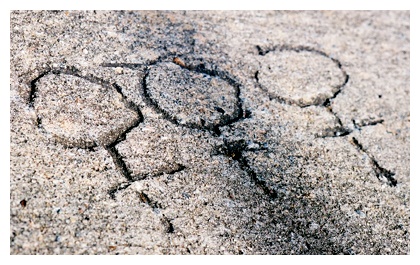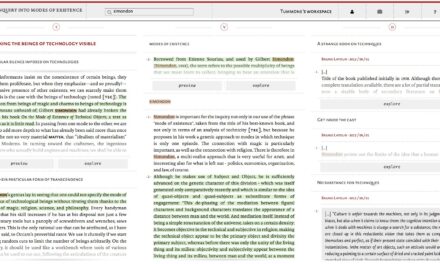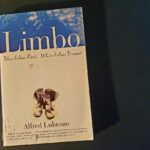In this article, Mary O’Donoghue uses Bourdieu’s concept of field to explore the relations between education and working-class mothers in an Irish case study. Here’s the abstract:
This article explores how a small sample of working-class mothers encounters the field of education. In the management of family and their children’s schooling, mothers bring to bear and replicate ways of knowing that are embodied, are historical and that offer many-sided insights into profoundly stratified societies. Here I draw on Bourdieu’s theory of practice as a heuristic device and focus only on the field while leaving in suspension his other conceptual arsenal. Bourdieu argued that understanding the social space in which interactions occur is pivotal, characterised as it is by ‘permanent relationships of inequality’. This study shows that mothers bring to the field their embodied history, their habituated practice, and their access to capitals. The women I interviewed know the precariousness of how they occupy the field of schooling, negotiated through a matrix of intersected positionings and classifications that are embodied.
The key strength of this paper I would argue is its focus on power – probably the most significant concept in social theory, and one that Bourdieu was all too aware when it comes to understandings of position and location. As the author argues:
Bourdieu’s conceptual arsenal hinges on considerations of power. Fields epitomise the struggle around domination. Stories told here pivot on notions and knowings around space, location, and weighted position that are grounded in inculcated representations of the social world. Classification functions as a navigational device, it is acquired gradually in the home, made real in our accumulated public encounters, and continuously reaffirmed as adults negotiating the social and possible. Positiontaking and classification are subtly and brutally (‘symbolic violence’) about class politics, hierarchical systems and intrinsically, as Bourdieu (1984) says, the formations of binary structures of understanding that underpin our very ways of thinking, and our intellectual apparatus.
There is much to be gained from reading this paper – especially for the growing number of people looking at similar issues and using Bourdieu’s ideas in educational research. Here’s a question though: The author focuses in on the concept of field, while ‘leaving in suspension his other conceptual arsenal’. However, the author goes on to say that:
The pick and mix approach to Bourdieu defies all of his exhortations as he offered a body of unitary theory within which the individual parts give coherence to the unity. Furthermore, it is in the integration of the layered drawing together of the parts that Bourdieu is enabled to avoid the reductionist, deterministic slurs that he so frequently endured.
Is the approach taken here not a pick and mix approach? I’ve stated elsewhere [see here] that this is not necessarily a bad thing in itself (not in the slightest), but wasn’t sure if, given what the author had said, that this was a contradictory message to send to the reader. Please note: this is more a question than a criticism … thoughts are welcome.










